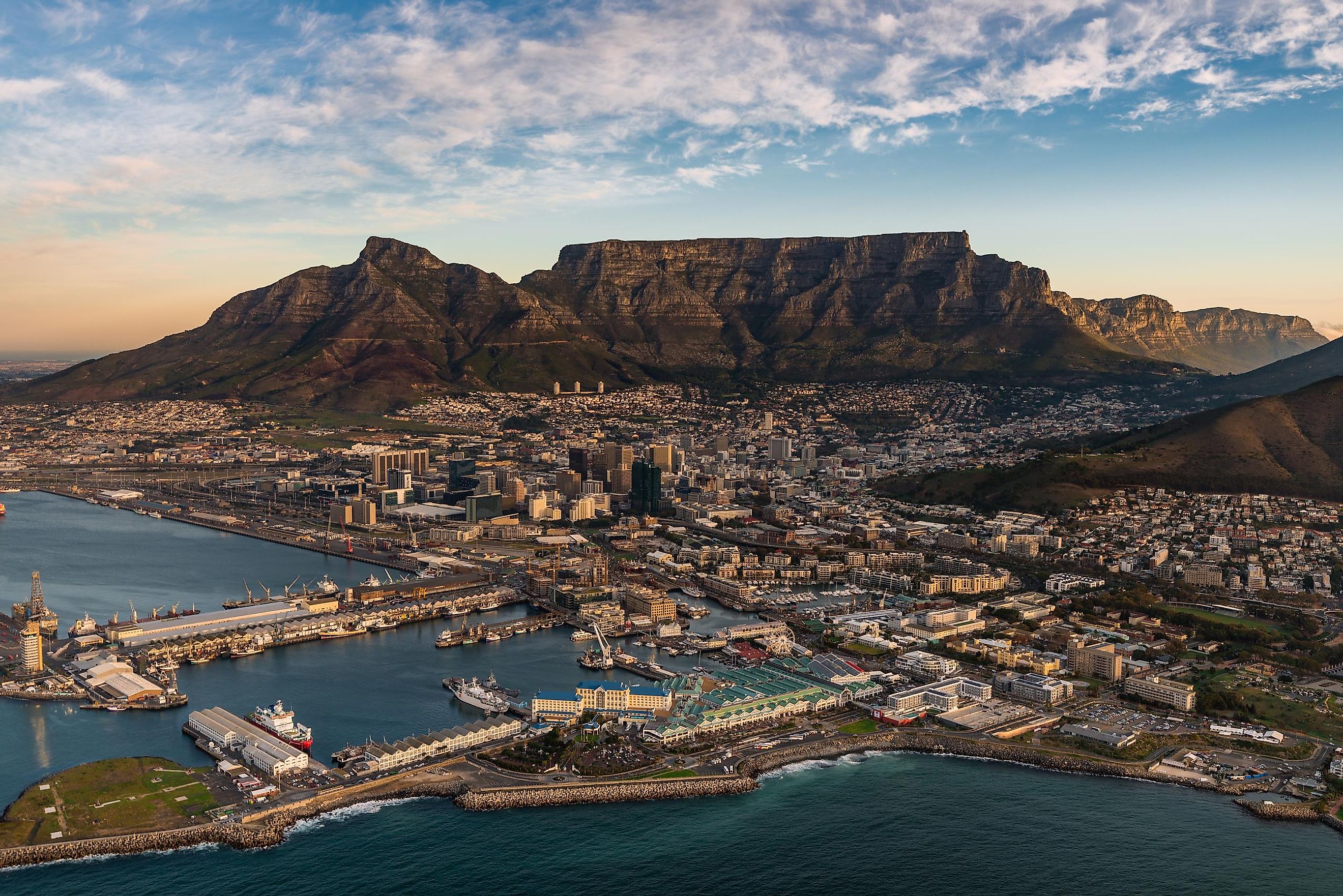
Table Mountain, South Africa
Cape Town’s Table Mountain in South Africa, locally called Tafelberg in Afrikaans and Hoerikwaggo in Khoikhoi, is a sandstone mountain with an elevation of 1,085 m. The easiest route going up and down it is through the Platteklip Gorge, which in fact was used when it was first climbed back in 1503 by Portuguese navigator Antonio de Saldanha. The chain of mountains found in the area is part of the world-famous Table Mountain National Park.
Climate
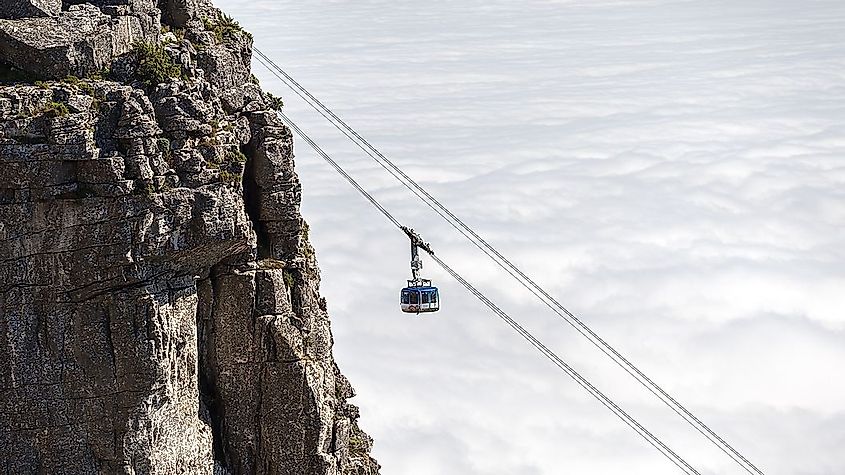
Summers are warm and dry in the Table Mountain area, while winters are usually accompanied by cold front sweeps. One can expect a lot of rainfall variation in the area, especially during the cold season when the view is ironically breathtaking due to its unusually lush vegetation. Those who want to bask in the warm African sun and enjoy its magnificent beaches are better off visiting the place from November to February, which is summertime in the Southern Hemisphere.
Popular Tourist Destination

The number of guests visiting Table Mountain per year is currently estimated at 900,000, with the majority of which coming from South Africa and neighboring countries, as well as from Europe and the United States. Cape Town International Airport is serviced by several airlines every day making the mountain and its surrounding attractions quite accessible, even for international travelers from afar. Luxury coach tours can be booked in many of the commercial centers surrounding it, as well as railway and vehicle rental services. In 2012, Table Mountain was officially declared part of the "Natural Wonders" list, making it all the more famous to foreign and domestic travelers.
A Nature Lover's Paradise
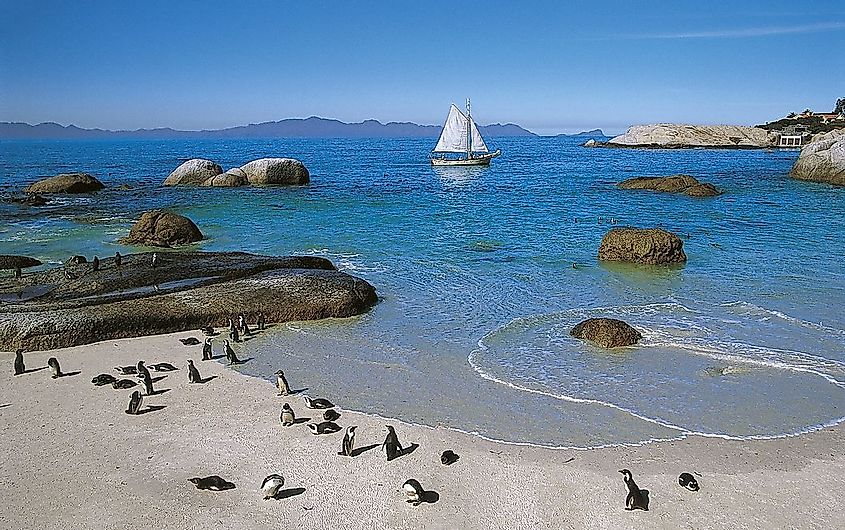
The series of mountains comprising the Table Mountain National Park offer a wide array of attractions that will surely appeal to all kinds of adventurers. Whether they be first-timers to the area or well-seasoned veterans who know their way around Cape Town, there is always something new to discover in and around Table Mountain. Apart from the obvious outdoor activities like mountain climbing, paragliding, rock climbing, hiking, and camping, the park also offers fun water activities like sailing, kiteboarding, and scuba diving. The beaches there are among the most beautiful in the world, with rainforests on the mainland teeming with all manner of rare and endemic organisms, both big and small.
Unique Wildlife
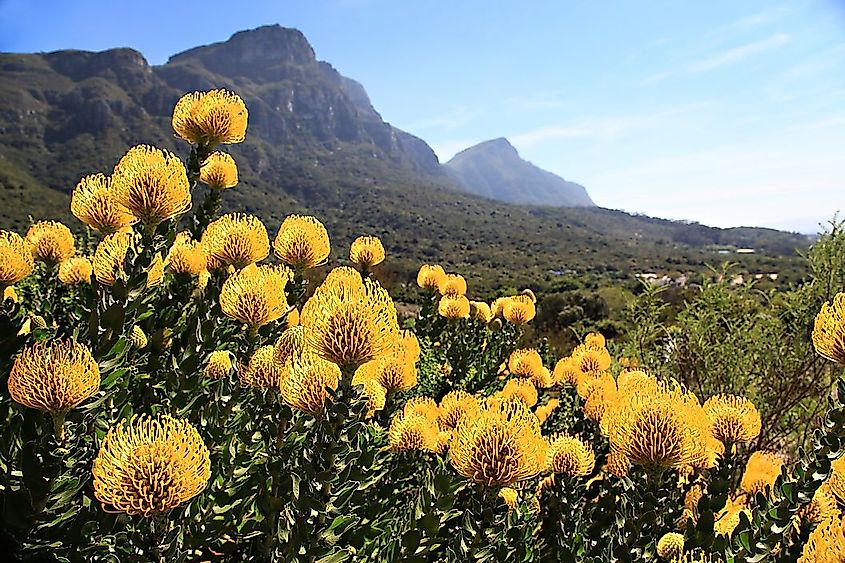
The vegetation thriving in the mountains of Table Mountain National Park is among the rarest and most diverse most visitors to South Africa will have ever known. The "Endangered" Peninsula Sandstone Fynbos can be found there, along with the "Critically Endangered" Afromontane forest, Peninsula Shale Renosterveld, and Peninsula Granite Fynbos.
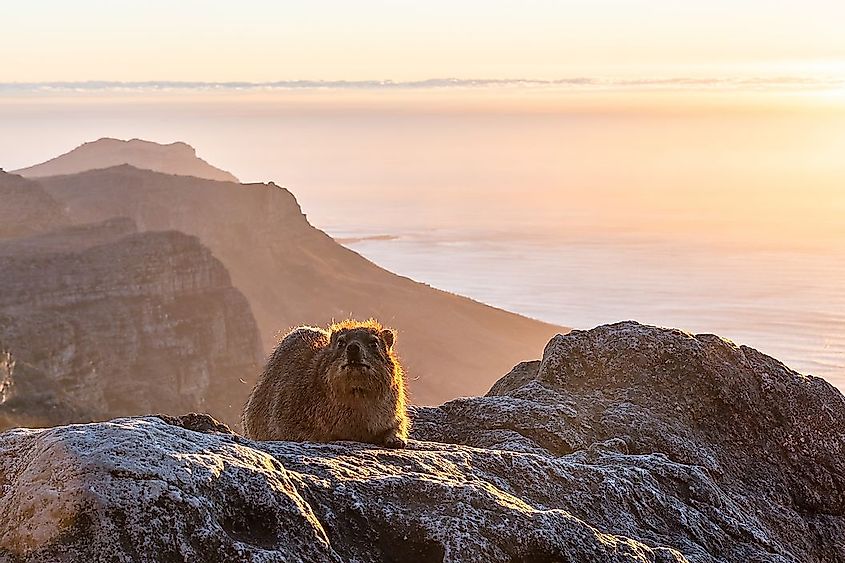
Additionally, the protected areas of the Cape Floral Region have been declared a World Heritage Site, with over 900 species unique only to these mountains, and found nowhere else in the world. The "dassie," or rock hyrax, used to be frequently sighted in Table Mountain up until the year 2000, when their numbers drastically went down, for apparently no reason at all. Up to this day, experts have not been able to find out what’s responsible for this phenomenon. Other animals residing in the park are African harrier hawks, porcupines, Table Mountain ghost frogs, jackal buzzards, mongeese, African fish eagles, mountain pride butterflies, klipspringers, and grey rheboks.
Preserving The Natural Wonder
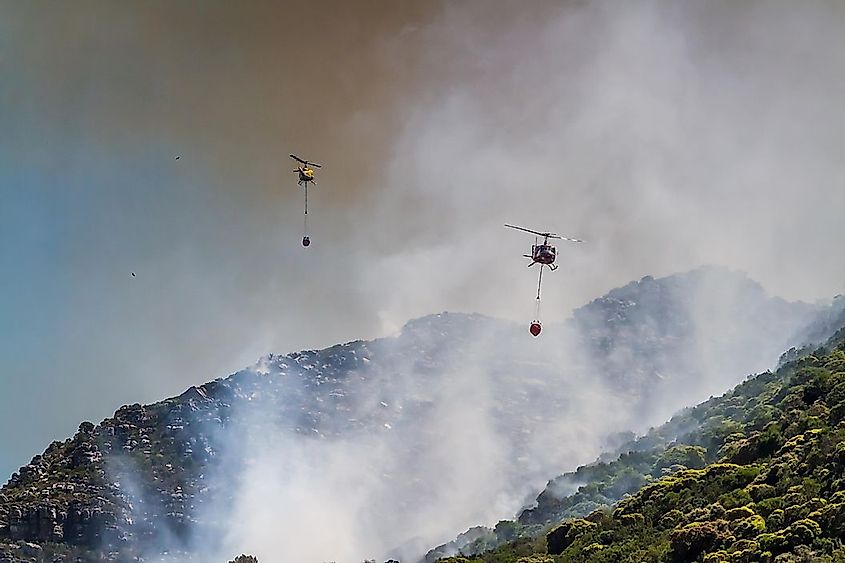
Conservation is always a concern to natural tourist attractions such as this. For Table Mountain, this is even more so the case, as this place has a presence of geographically isolated, endemic plants and animals that are unable to survive elsewhere. Another significant issue is fire management, especially during the months from November through May, when temperatures in the mountains are at their highest, and wildfires are easily spread by strong wind. Last, but not least, Table Mountain’s conservation committee is perpetually hounded by the insistent proliferation of invasive plant species that are destructive to the native flora and fauna of the region when they are introduced. For all these reasons, the worst thing a visitor could do is disrupt the local environs by littering or carrying out other inconsiderate activities.











